E. Di Sciascio
Semantic Matchmaking as Non-Monotonic Reasoning: A Description Logic Approach
Oct 12, 2011
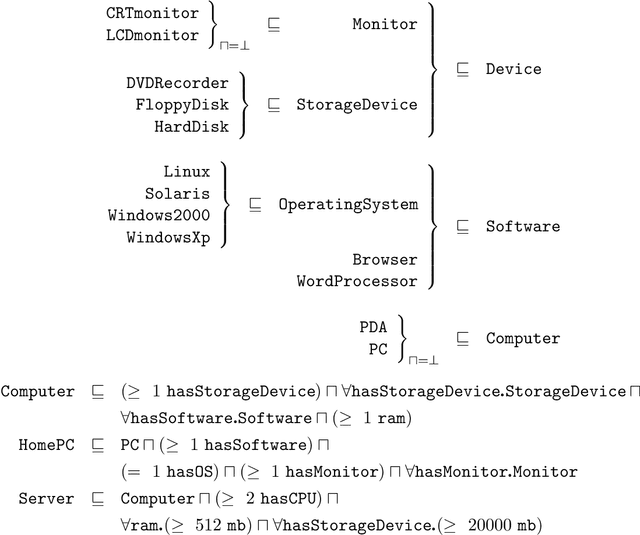


Abstract:Matchmaking arises when supply and demand meet in an electronic marketplace, or when agents search for a web service to perform some task, or even when recruiting agencies match curricula and job profiles. In such open environments, the objective of a matchmaking process is to discover best available offers to a given request. We address the problem of matchmaking from a knowledge representation perspective, with a formalization based on Description Logics. We devise Concept Abduction and Concept Contraction as non-monotonic inferences in Description Logics suitable for modeling matchmaking in a logical framework, and prove some related complexity results. We also present reasonable algorithms for semantic matchmaking based on the devised inferences, and prove that they obey to some commonsense properties. Finally, we report on the implementation of the proposed matchmaking framework, which has been used both as a mediator in e-marketplaces and for semantic web services discovery.
Structured Knowledge Representation for Image Retrieval
Jun 30, 2011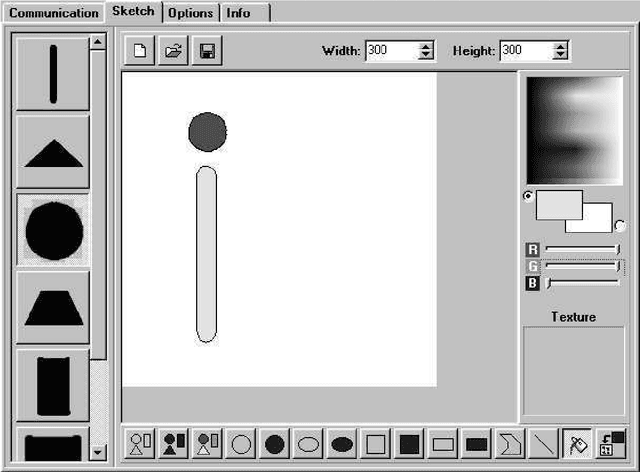
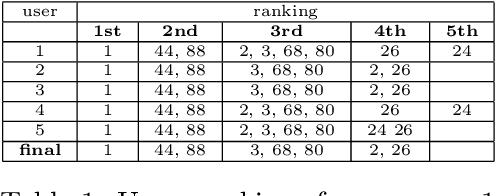
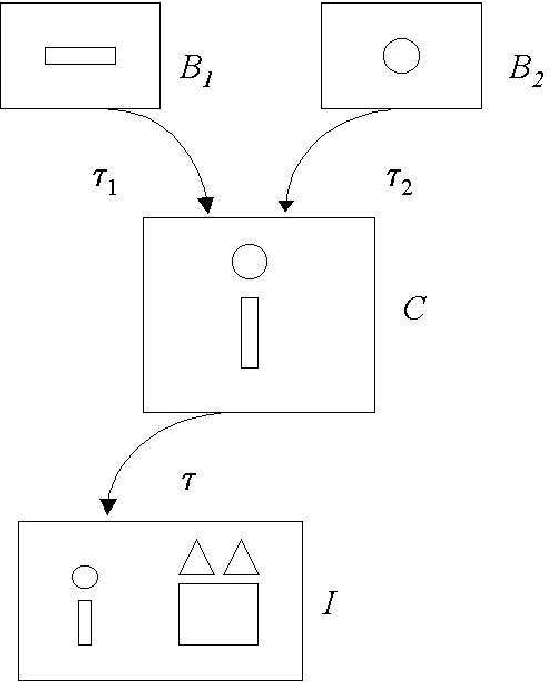
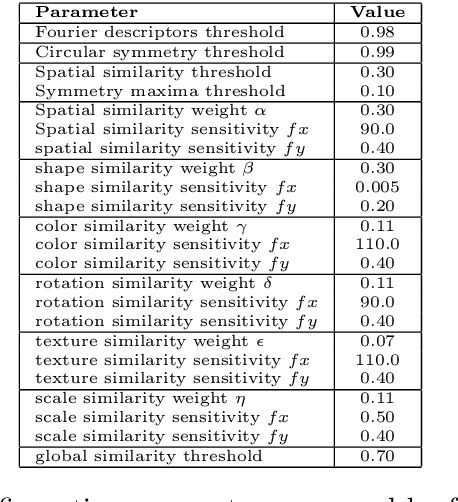
Abstract:We propose a structured approach to the problem of retrieval of images by content and present a description logic that has been devised for the semantic indexing and retrieval of images containing complex objects. As other approaches do, we start from low-level features extracted with image analysis to detect and characterize regions in an image. However, in contrast with feature-based approaches, we provide a syntax to describe segmented regions as basic objects and complex objects as compositions of basic ones. Then we introduce a companion extensional semantics for defining reasoning services, such as retrieval, classification, and subsumption. These services can be used for both exact and approximate matching, using similarity measures. Using our logical approach as a formal specification, we implemented a complete client-server image retrieval system, which allows a user to pose both queries by sketch and queries by example. A set of experiments has been carried out on a testbed of images to assess the retrieval capabilities of the system in comparison with expert users ranking. Results are presented adopting a well-established measure of quality borrowed from textual information retrieval.
 Add to Chrome
Add to Chrome Add to Firefox
Add to Firefox Add to Edge
Add to Edge